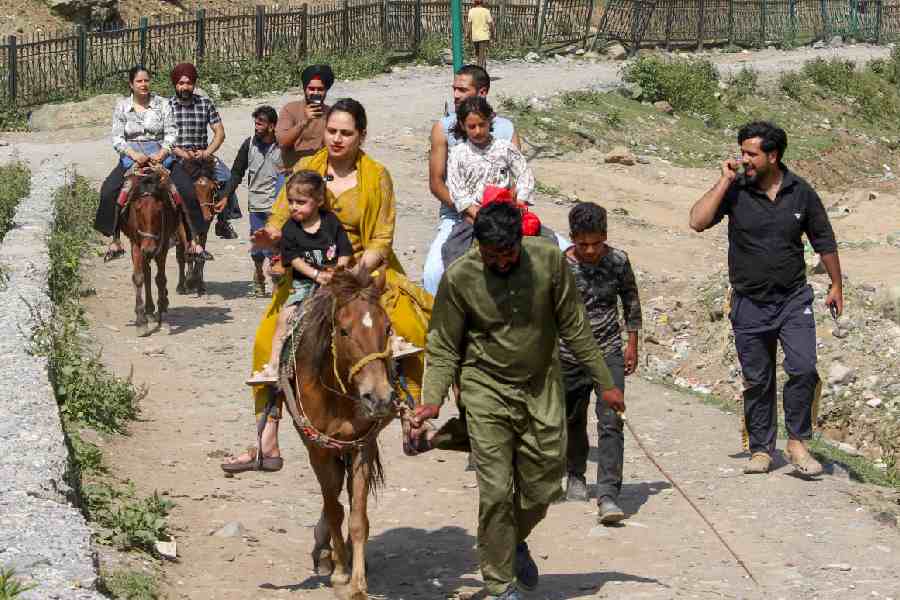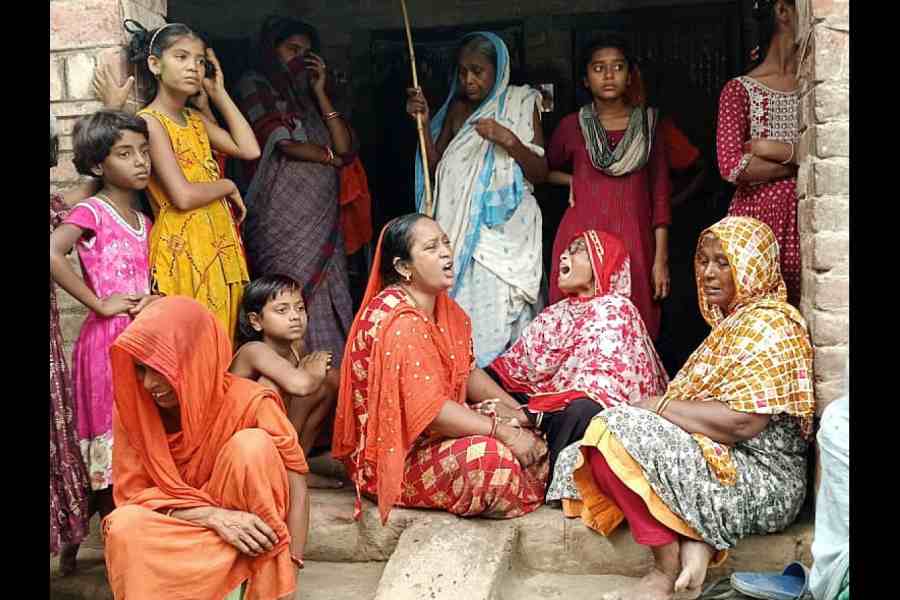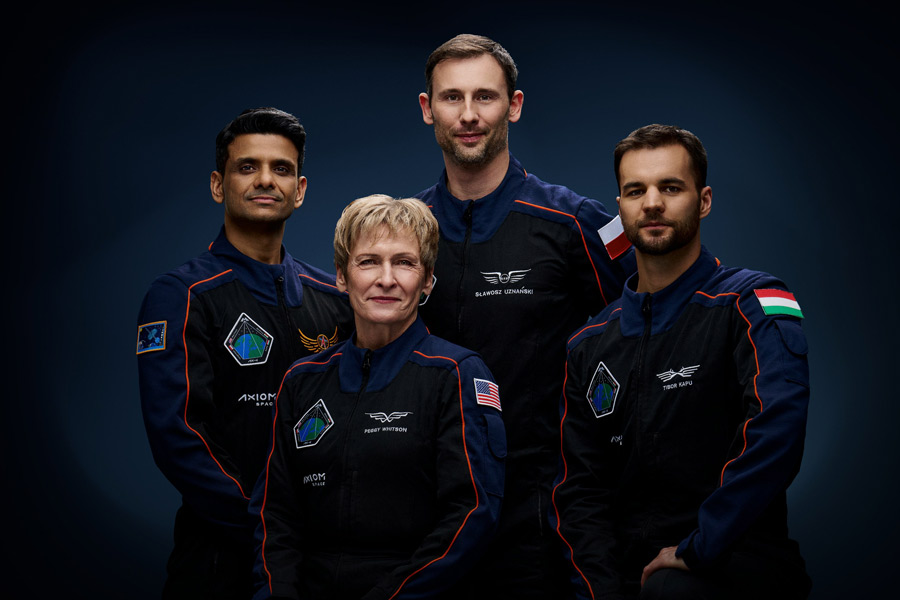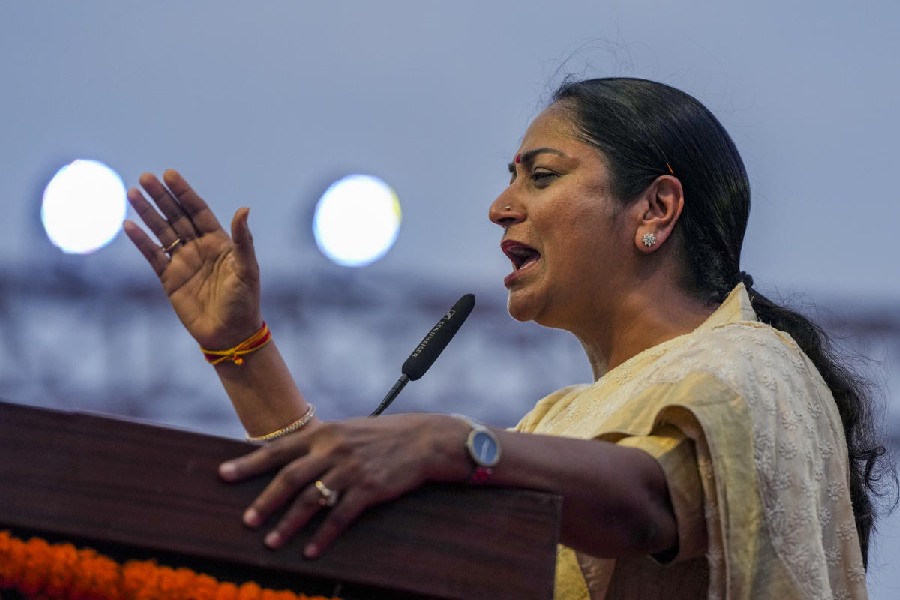 |
Ipshita Das knows everything anybody would want to know about a computer, and advises people on what to buy and what not to buy. Mohul Kar Nawn chooses his mother’s earrings, and knows exactly what shade of pink his walls should sport.
Mohul is all of six and Ipshita, 11. But if you thought young girls are only into Barbie dolls, and little boys don’t have a world beyond video games, you are mistaken. From the state of the environment to laptops, and from beauty to décor, today’s children have an opinion on almost every issue under the sun.
A recent survey — New Generations India: The Evolution of Indian Kids 2011 — conducted by Cartoon Network endorses this. The survey states that children between seven and 14 years have changed dramatically in the last 10 years.
And the reason for this is right under their nose — on the desktop, in fact. The change has mostly come about because of the access that young kids have to computers and the Internet. At least 22 per cent have computers at home in comparison to 6 per cent a decade ago. Only 2 per cent children had access to the Internet a decade ago. Now 8 per cent of those surveyed said they had access to the Net. The survey says kids also surf in school and cybercafés.
With such access to knowledge, it is not surprising that Ipshita is far more tech savvy than her parents. “My daughter has gathered from her peers that while buying a computer we should assemble accessories of various brands so that we get the best of everything,” says the Calcutta girl’s mother. “We were not so technologically advanced in our childhood.”
Many parents take their children’s advice on matters that range from buying mobile phones to furniture. Mohul didn’t just have the final say on the colour of his walls, but also what kind of furniture would go with it. “I had to buy him a blue study table with a Donald Duck on it,” says his mother Monideepa Kar (name changed).
Not surprisingly, the Cartoon Network survey shows that in 2001, 25 per cent parents took the opinion of their children while buying a car. In 2011, the number had gone up to 63 per cent. In 2001, only 2 out of 10 parents discussed the buying of a computer with their children. Today, almost 70 per cent do so.
“Children have access to unlimited information and thus have tremendous knowledge,” says Calcutta psychiatrist Reema Mukherjee. “Earlier parents had access to the few books that were available in shops and libraries. But now children are self sufficient,” she says, citing the example of a seven-year-old who has been poring over the Solar System from the age of three.
That the role of the child is changing is evident in the world of commercials as well. Many products — from health drinks and toothpastes to even cars and insurance — focus on the child. “Children are more effective as protagonists as they can draw the target audience better,” reasons Sam Balsara, chairman and managing director of Madison World that tracks advertising and media functions. “For family products children take the centre stage.”
Children, Balsara adds, have far better brand knowledge than their parents. And that’s one reason their opinions are sought by adults. Kar points out that Mohul’s opinion counts when she is buying a mobile phone. “After all, he would also be using it to speak to his friends,” she says.
Balsara does not believe it is unwise to allow children to choose for their parents. “After all, parents also do their research. Advertising is all about attracting consumers and children can make the appeal very realistically. Even 25 years ago ‘I love you Rasna’ was spoken by a child,” he says, referring to a popular soft drink commercial.
“Using a child protagonist only makes the ads more hard hitting and persuasive. More so, when you raise concerns about pollution, smoking, use of plastic and so on,” he adds.
Indeed, greater awareness among children about the environment has prompted many young ones to take positions on matters such as pollution and tobacco. Amishra Das, 10, ticks off strangers when they smoke in public spaces and worries about the use of plastic.
Ishika Bose, 11, adds that during their lunch break in school, she and her friends often discuss issues such as global warming. On political issues, too, the young ones have strong opinions. Ishika, for example, has a wish list for Bengal. “First, violence should be curbed,” she says gravely. “The chief minister should also make more provision for poorer children so that they can go for higher studies and have more employment opportunities.”
Real life finds reflection on the small screen, where a wise or plucky child is often feted. Composer A.R. Rahman’s jingle for Hero motorcycles features a small little boy challenging a group of jawans in a game of cricket, while a man finds inspiration to run up a flight of steps from a group of energetic school children.
Not only commercials, social advertisements today often focus on a child. From saving fuel to planting trees, the messages all come from children. In one ad, a child rues to his father that he will have to ride a bicycle when he grows up. On being asked why, the child points out that the father is wasting petrol by not switching off the car ignition while stuck in traffic. When he grows up, he adds, there will be no petrol left for him.
Indeed, as the poet said, the child is the father of man.










